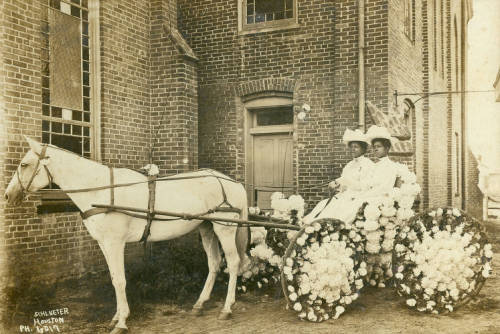
This week we are honoring women in performance. Starting with the great Katherine Dunham (1909- 2006) Katherine Dunham was a dancer, choreographer, and anthropologist. One of the foremothers of Black feminist anthropology and foundational to the pedagogy of Black Dance. 

VIDEO: Katharine Dunham speaks and dances at home base, Habitation Leclerc, Martissant neighborhood of Port-au-Prince, Haiti, 1962
Island Possessed (1936) is the observation of Black feminist principles and praxis before the formal definition of Black feminist theory. Discussing the work of Dunham is critical to understanding the legacy of positionality, race and gender politics in fieldwork.
(1/2) Téoline and Dégrasse came toward me and we crouched together, touching. Our hot breath, the moist odors of our bodies mingled with perfume and talcum powder were overwhelming- Dunham (1936)
(2/2) I felt weightless, like Nietzsche’s dancer, but unlike that dancer, weighted; transparent but solid, belonging to myself but a part of everyone else.- Dunham (1936)
• • •
Missing some Tweet in this thread? You can try to
force a refresh









